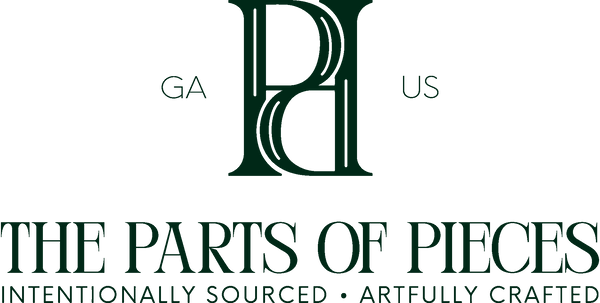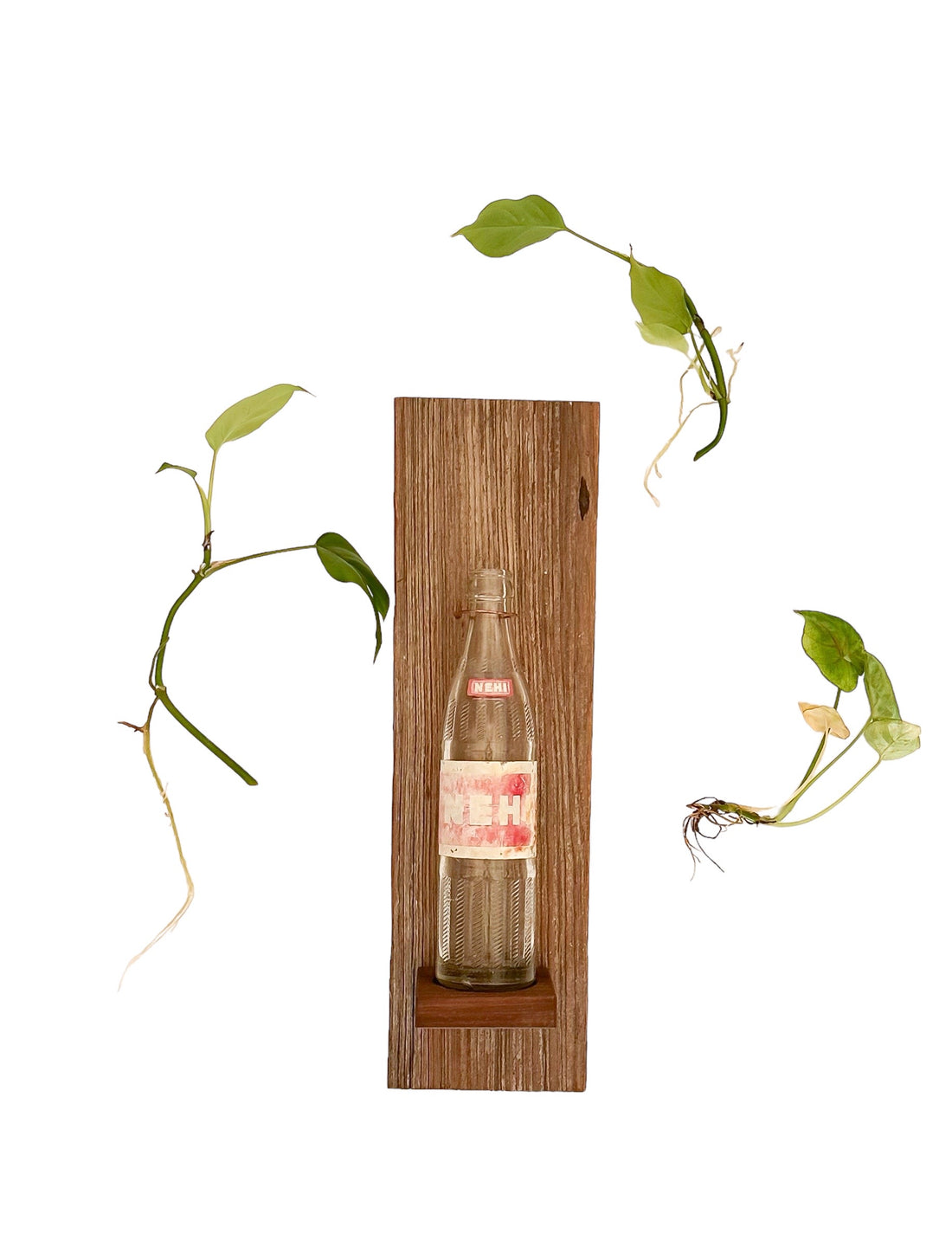In the 1800s, American glassmakers made significant progress with access to higher purity sand and the use of a decolorizer, manganese dioxide. The quality of glass was improving, however, traditional hand-blown methods remained prevalent and therefore uniform, mass production was still not a reality.
In the late 1880’s a labor strike at the Corning Glass Works led to a shortage of light bulbs for Edison General Electric Company. With Corning no longer operating, Edward Libbey, owner of Libbey Glass Plant based in Toledo, Ohio took on the task of creating a plant to fill the lightbulb void. He hired a man named Michael Owens as plant superintendent during this period. Owens was from a coal mining family and had little education. At the age of 10 he went to work at his first glass factory. This was a high stress position for him and he had the reputation of being a tough manager. The situation brought about Owens’ development of the semi-automatic bulb-making machine, which played a crucial role in addressing the shortage.
Owens's bulb-making machine transitioned to manufacture glass tumblers and glass lamp chimneys. In 1898 he created the fully automatic machine for glass bottle production. Over the course of five years, the development costs of the bottle machine exceeded $500,000 before achieving success. In 1903, the Owens Bottle Machine Company officially opened. Recognizing the global potential, a European arm of the company was formed in 1905.
The Owens Bottle Machine Company continued its strategic expansion, including a sand quarry, and a company specializing in cardboard box production for shipping bottles. By 1920, the company had acquired over 15 glass-related companies. The impact of Owens's machine on the glass industry was profound. Within two decades, nearly all bottles manufactured in the United States were produced automatically for various industries, including food, soft drinks, pharmaceuticals, and alcoholic beverages.
This brings us to our collection of vintage soda bottles we picked up in Stephens, Georgia. In our next blogs we will discuss the history of bottles in our Ohio Wall Vase collection and few unique sodas we discovered.

